The following is an excerpt from the forthcoming book, Living School: Learning from Nature How to Build a Better World, by Design.
More than four hundred years after it was written, people around the world are still reading, performing, and wondering about Hamlet.
Why?
The simple answer is because it’s the world’s most famous playwright’s most famous play. But the complex answer is because the title character and we, no matter our culture or our age, are kindred spirits.
Like every young person everywhere ever, Hamlet has visions of his future that don’t align with the visions the adults in his life have for him. He is an artist and a dreamer — a person more comfortable in the world of ideas than the world of actions. And he is in love.
But Hamlet is also the future king of Denmark, which means he is bound by custom to avenge his father’s murder — a duty that leads to his own untimely death in no small part because the act of killing goes against his very being.
No matter your age, then, to read Hamlet is to watch a fellow human being struggle between staying true to his own sense of self and accepting the role society has assigned him to play. And so Hamlet’s struggle illuminates a central question we all must wrestle with — a question not coincidentally posed by the first two words in the play:
“Who’s there?”
This is a new question for us, homo sapiens sapiens — the being who knows, and who knows he knows. That’s because for the great majority of our time on this planet, human beings have viewed the world almost entirely through the prism of “we,” not “me.”
As foragers, we lived in unquestioning obedience to the unknowable marvels of the natural world. And in the earliest civilizations, we lived to serve the needs of our Gods in Heaven – and then, later on, their hand-chosen emissaries on Earth.
In these long chapters of the human story – which make up more than 93% of our history as a species – our ancestors were most likely to find comfort, and a sense of identity, through their ability to fit usefully and invisibly into a larger community.
To stand out from the crowd was undesirable, since, in reality, doing so could mean ostracism or death.
To walk in someone else’s shoes was unnecessary, since, in effect, everyone wore the same shoes.
And to wonder about the world was to focus one’s gaze outward, or upward.
Over time, however, the human gaze has shifted.
Beginning with the rise of the great religions, continuing through the citizen revolutions in France and the Americas, coursing through all of Shakespeare’s plays, and running right up to and through the age of social media and the Selfie Stick, we humans have begun to increasingly look inward – for better and for worse.
At the same time, a wave of new discoveries in fields ranging from neuroscience to psychology have taught us that our need to understand “who’s there” is more than just an exercise in navel-gazing; it is the way we deepen our empathic capacity to connect with our fellow creatures.
“We are learning,” says the social theorist Jeremy Rifkin, “against all of the prevailing wisdom, that human nature is not to seek autonomy — to become an island to oneself — but, rather, to seek companionship, affection, and intimacy. The conventional belief that equates self-development and self-consciousness with increasing autonomy has begun to lose its intellectual cachet. A growing number of child development psychologists now argue the contrary — that a sense of selfhood and self-awareness depends on and feeds off of deepening relationships to other people. Empathy, in turn, is the means by which companionate bonds are formed.”
“The brain is a social organ, made to be in relationship,” explains psychiatrist Dan Siegel. “What happens between brains has a great deal to do with what happens within each individual brain . . . [And] the physical architecture of the brain changes according to where we direct our attention and what we practice doing.”
As far as words go, empathy is a new one – it didn’t even appear until the early 20th century. It comes from the English translation of the German word einfühlung, which was used to describe the relationship between a work of art and its subject; it was later expanded to include interactions between people.
Those interactions, according to Rifkin, are what give rise to a deeper human capacity for making sense of the world. “Empathic consciousness starts with awe,” he contends. “When we empathize with another, we are bearing witness to the strange incredible life force that is in us and that connects us to all other living beings.
“It is awe that inspires all human imagination. Without awe, we would be without wonder and without wonder we would have no way to exercise imagination and would therefore be unable to imagine another’s life ‘as if’ it were our own.”
In other words, we have slowly flipped the paradigm of human understanding:
It’s not the world that makes us wonder; it’s our wondering that makes the world.
Or, as the Chilean biologist-philosophers Francesco Varela and Humberto Muturana put it, “the world everyone sees is not the world but a world, which we bring forth with others.”
This epiphany is changing more than just our understanding of the brain. In recent years, scientists in fields ranging from biology to ecology have revised the very metaphors they use to describe their work – from hierarchies to networks – and begun to affirm, as physicist Fritjof Capra says, “that partnership – the tendency to associate, establish links, and maintain symbiotic relationships – is one of the hallmarks of life.”
Going a step further, scholars like Siegel have even suggested that the very thing at the center of our most personal sense of self — the mind — may not be as distinct as we’d thought. “Mind emerges as much in relationships as it does from physiological, embodied processes including brain activity,” he explains.
“Relationships are the crucible in which our lives unfold as they shape our life story, molding our identity and giving birth to the experience of who we are, and liberating — or constraining — who we can become. . . If we consider that our minds are a part of an interacting, interconnected system that involves our bodies and our brains, as well as the environment in which we live, including our social relationships, we may be able to reconcile how the mind is part of one system that seems to be in two places at once.”
That isn’t just flowery prose; it’s how living systems operate in the natural world — by existing and creatively organizing within and between a boundary of self. Although this boundary is semipermeable and ensures the system is open to the continuous flow of matter and energy from the environment, the boundary itself is structurally closed.
A cell wall is a good example. It’s the boundary that establishes its system’s identity, distinguishes it from and connects it to its environment, and determines what enters and leaves the system. But because this meaning of “boundary” is as much about what it lets in as what it keeps out, the end result of this arrangement, according to the German biologist Andreas Weber, is a notion of self in which “every subject is not sovereign but rather an intersubject — a self-creating pattern in an unfathomable meshwork of longings, repulsions, and dependencies.”
The Chilean biologist, philosopher, and neuroscientist Francisco Varela agrees. “Life is a process of creating an identity,” he says. Every organism is “a meshwork of selfless selves.” And these principles of life are universally applicable.
What’s true for the microorganism, in other words, is just as true true for the megalopolis.
But what does that really mean in the daily whir of our personal and professional lives? And how do we intentionally build our empathetic muscles in the service of building a living, thriving school?
As you’ll see in the stories and examples that follow, our work begins with a commitment to hold the space, and make the time, to allow all members of a learning community — from the youngest to the oldest — to understand that each person’s sense of an individual self emerges, as Siegel puts it, from not only our inner life, but our “inter-life” as well.
The science of the human brain — particularly its bi-hemispheric structure — has allowed us to integrate two very different ways of making sense of the world, and our place in it.
The art of the American writer James Baldwin is a direct challenge to the myths that have shaped our shared sense of what it means to be an American.
The insights of the Vietnamese Buddhist monk Thich Nhat Hahn offer a window into the ways our understanding of the mind shape our capacity for well-being.
And the genius of the June Jordan School for Equity, a public school in San Francisco, is in its ability to foster a strong sense of collective identity that can provide clearer support to each student’s more precarious individual search for who they are, and what they value.
In the past, says Weber, “with our craving to build a new and better world we have thoughtlessly given up that one crucial sphere to which we are linked by the umbilical cord of life. We have attempted to sneak away from our Siamese connection with all other human beings. We have tried to escape from ourselves.”
In truth, we need to be many to become one — and one to become many.
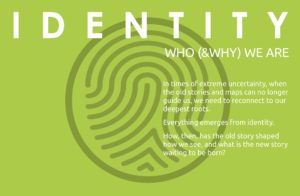

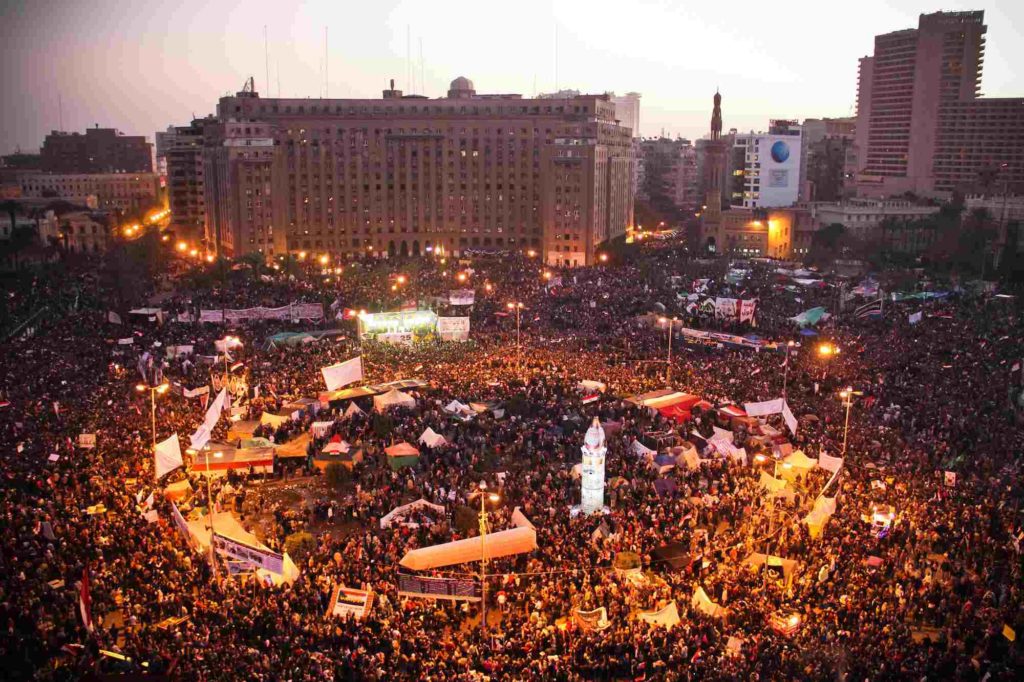
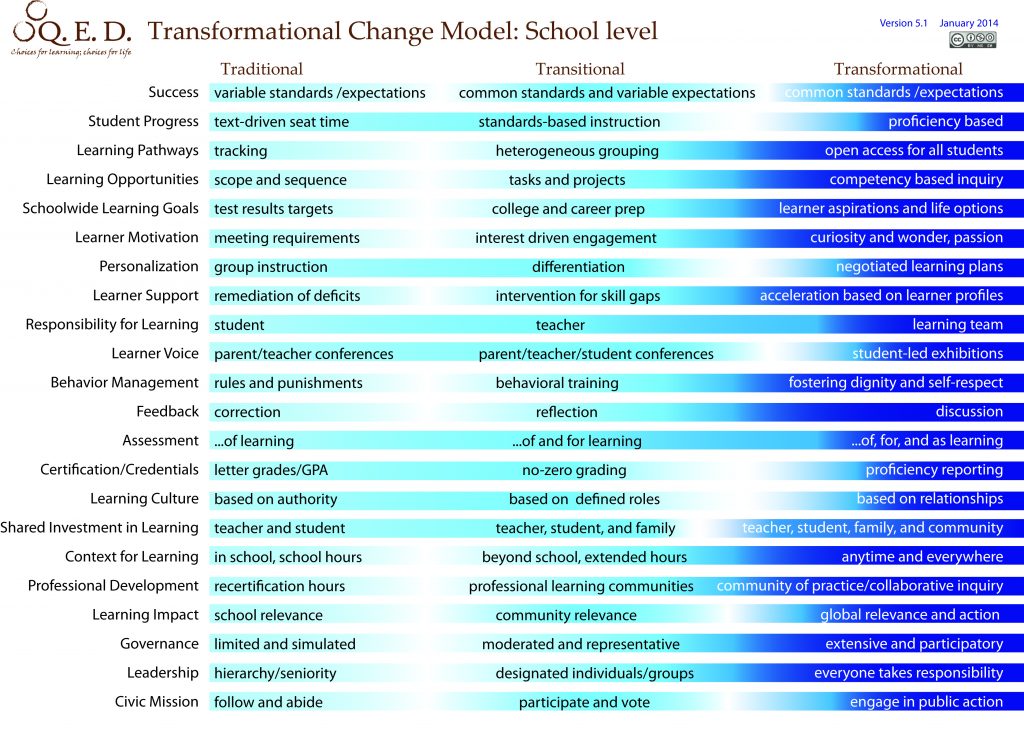

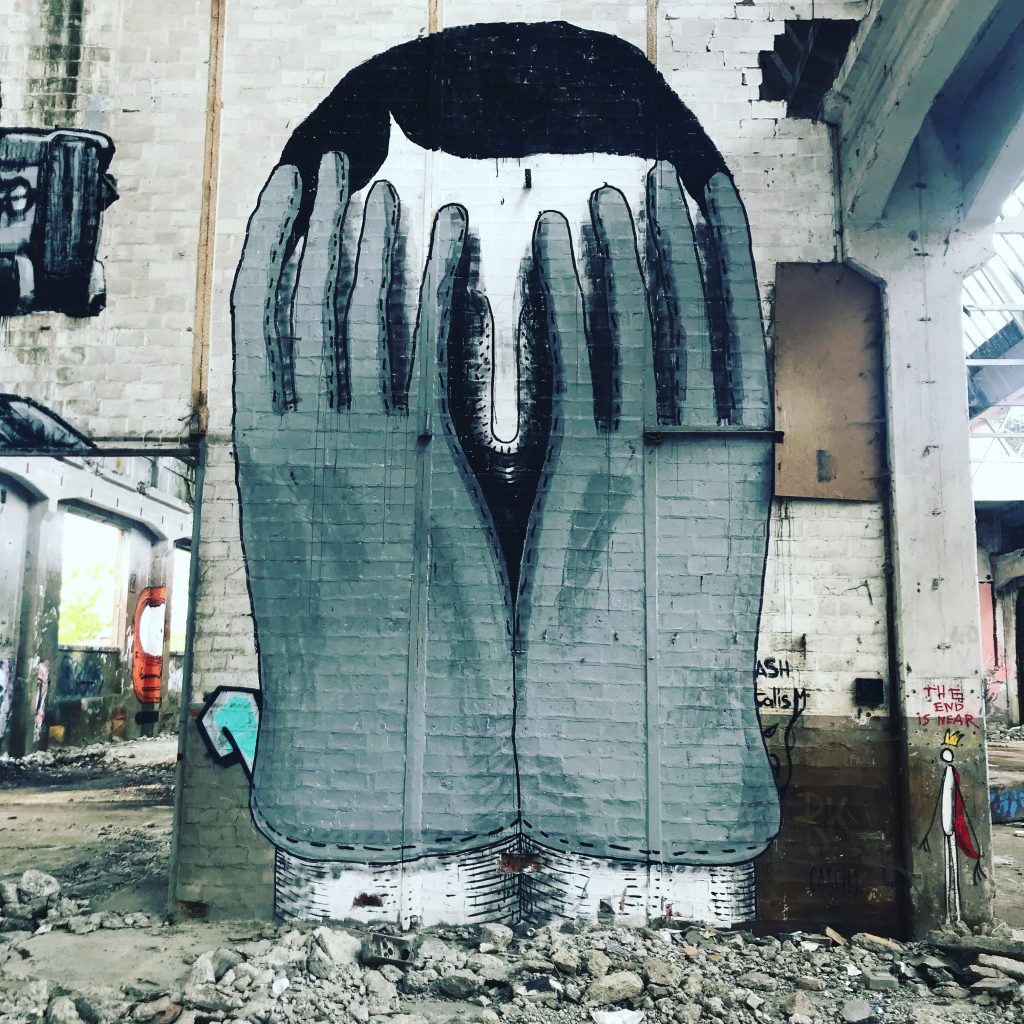
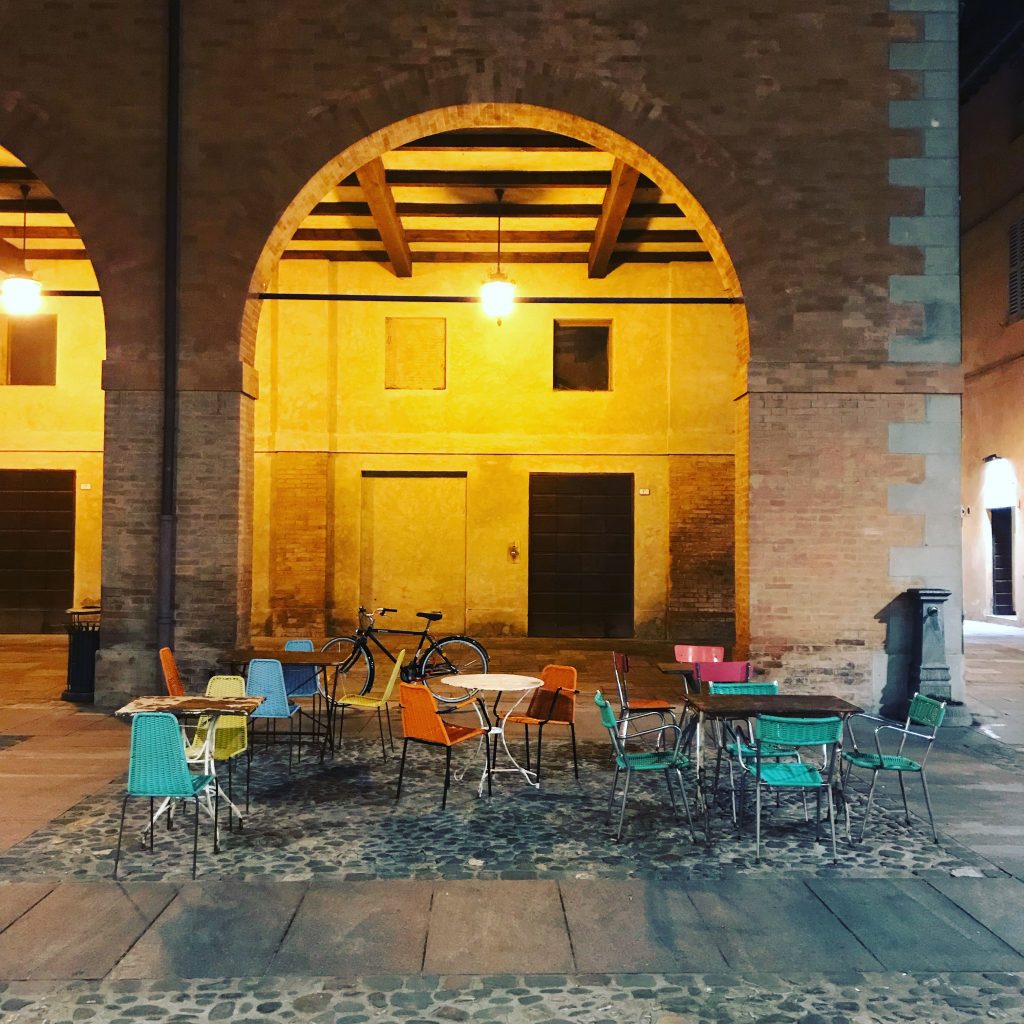
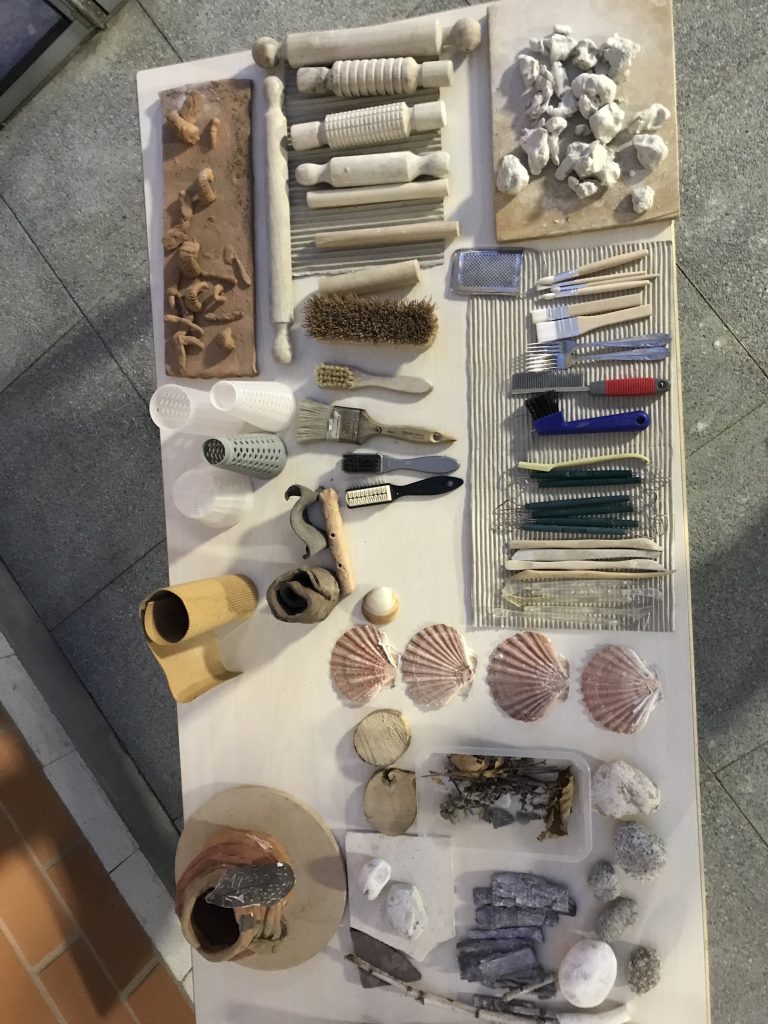
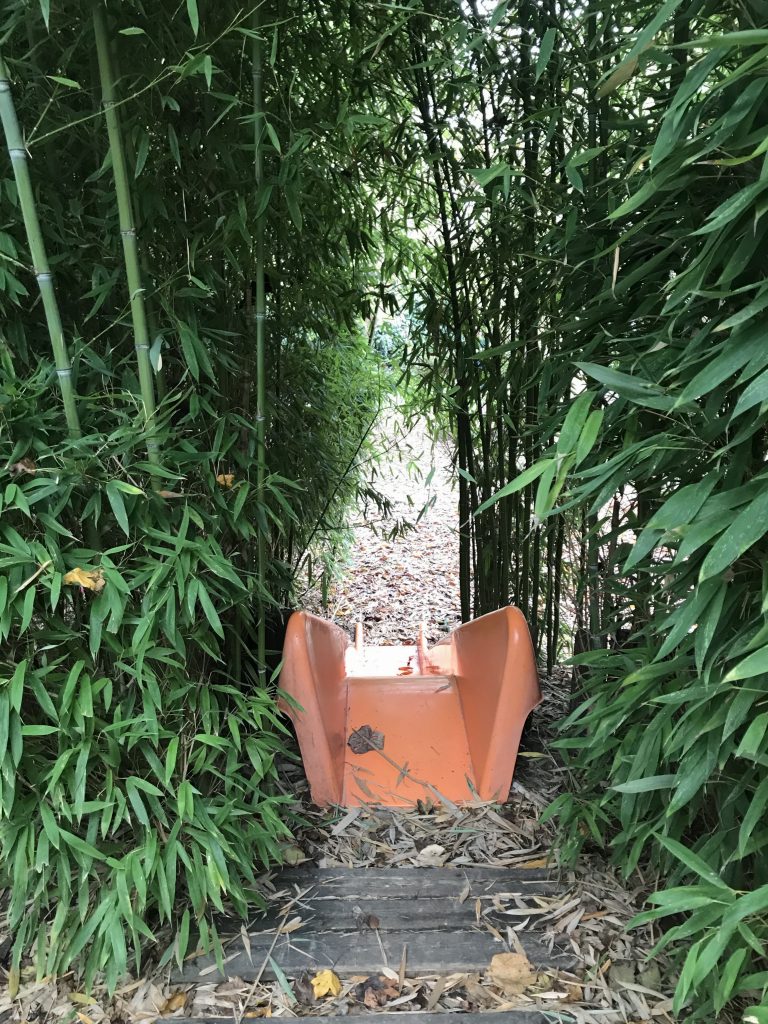 It’s why Malaguzzi called the physical environment the Third Teacher. And it’s what led the celebrated psychologist Jerome Bruner to take particular note of a group of four-year-old children who were projecting shadows onto a wall on the day of his visit. “The concentration was absolute, but even more surprising was the freedom of exchange in expressing their imaginative ideas about what was making the shadows so odd, why they got smaller and swelled up or, as one child asked: “How does a shadow get to be upside down?” The teacher behaved as respectfully as if she had been dealing with Nobel Prize winners. Everyone was thinking out loud: “What do you mean by upside down?” asked another child.
It’s why Malaguzzi called the physical environment the Third Teacher. And it’s what led the celebrated psychologist Jerome Bruner to take particular note of a group of four-year-old children who were projecting shadows onto a wall on the day of his visit. “The concentration was absolute, but even more surprising was the freedom of exchange in expressing their imaginative ideas about what was making the shadows so odd, why they got smaller and swelled up or, as one child asked: “How does a shadow get to be upside down?” The teacher behaved as respectfully as if she had been dealing with Nobel Prize winners. Everyone was thinking out loud: “What do you mean by upside down?” asked another child.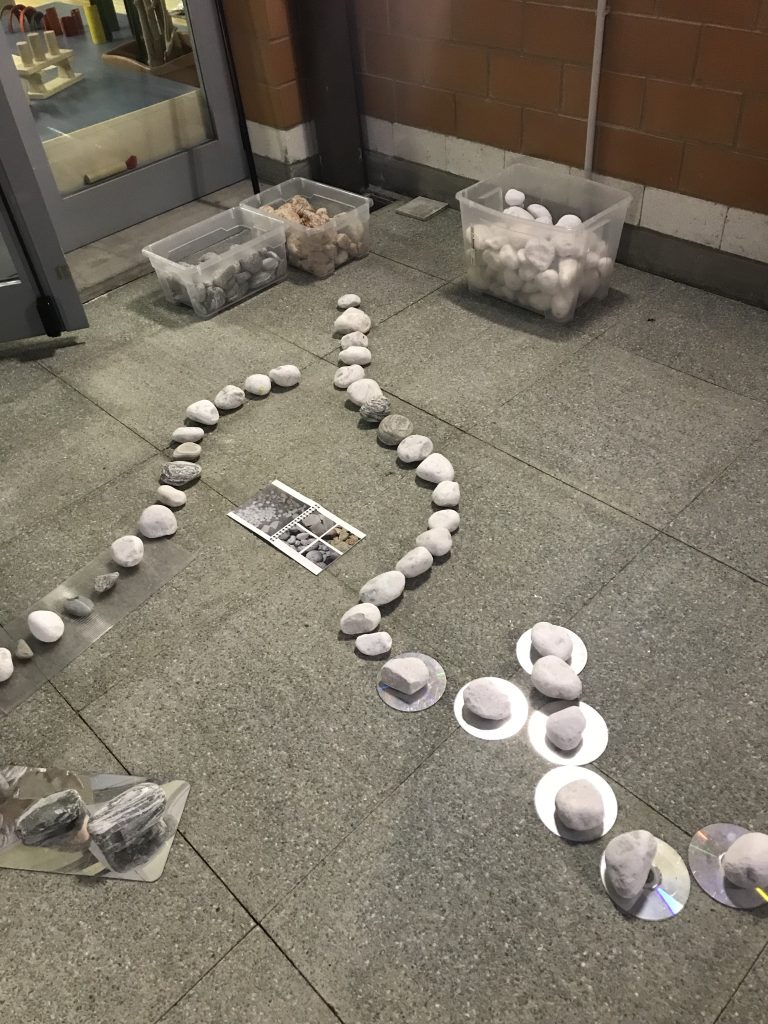
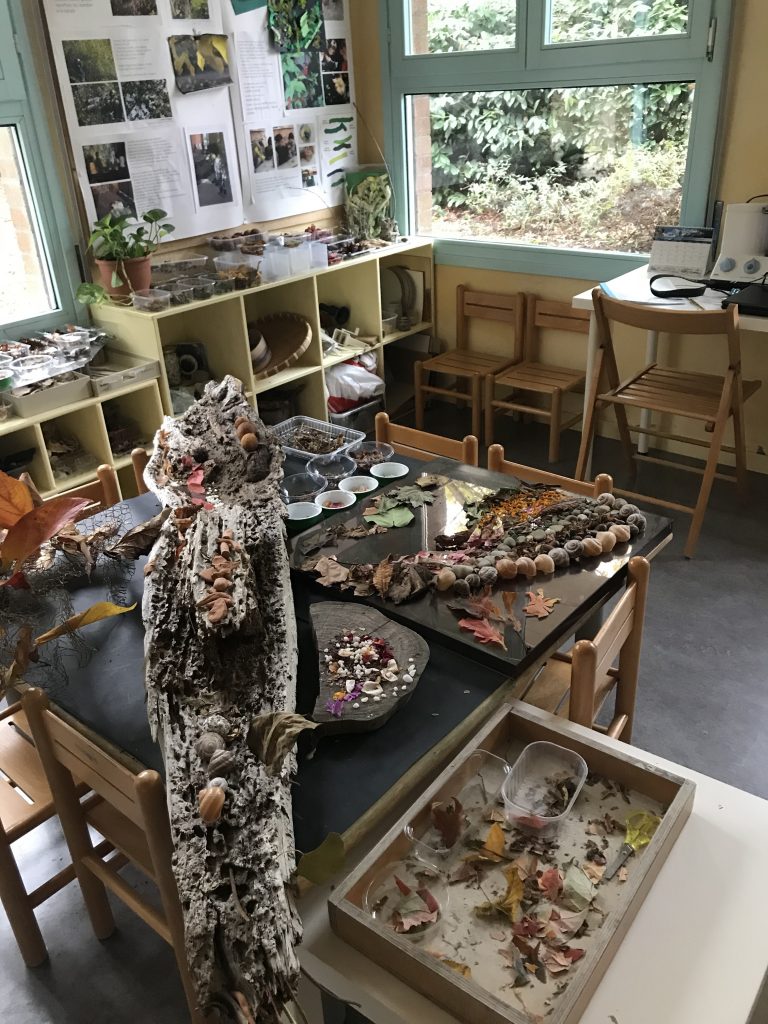
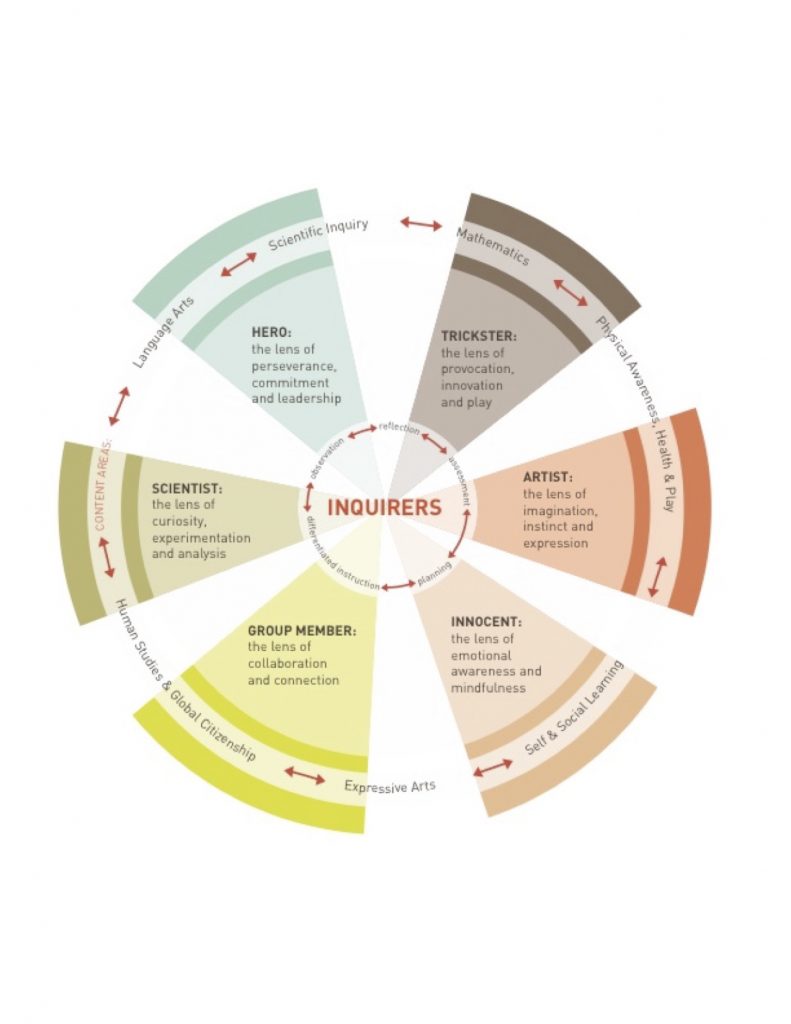

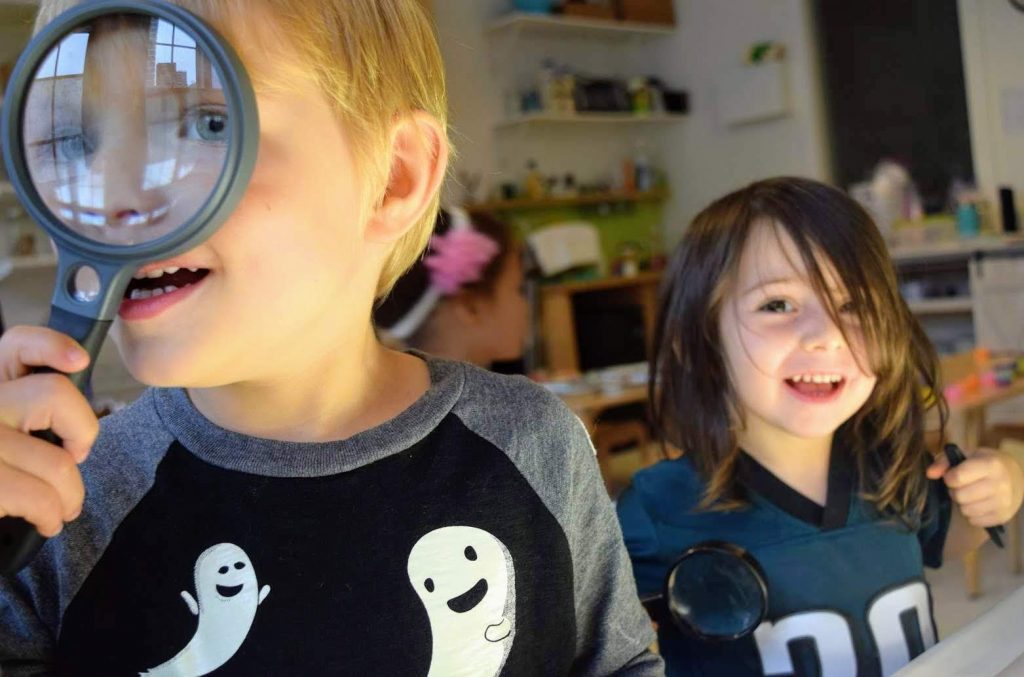
Recent Comments